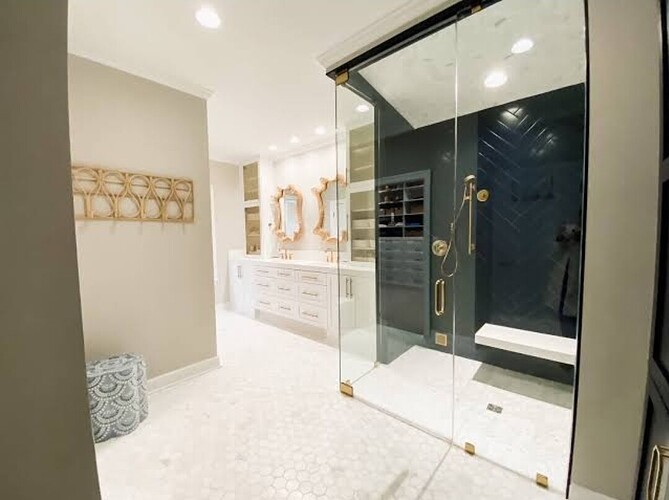As people live longer and choose to remain in their homes rather than move to assisted living facilities, the concept of “aging in place” has become increasingly popular. Aging in place means creating a safe, comfortable, and functional home environment that adapts to the changing needs of older adults. With thoughtful renovations, homeowners can maintain independence while reducing risks and improving quality of life.
Accessible Entrances and Exits
The journey begins at the front door. Steps and narrow entryways can pose challenges for those with mobility issues. Adding ramps, wider doorways, and lever-style handles makes entering and exiting the home easier. Zero-threshold entryways, where floors are level with no raised door frames, reduce tripping hazards and allow smooth wheelchair access.
Bathroom Safety and Convenience
Bathrooms are among the most critical areas for aging-in-place renovations due to the risk of slips and falls. Installing walk-in showers with no thresholds, grab bars, and non-slip flooring enhances safety. Adjustable showerheads and fold-down seating provide comfort and convenience. Raised toilets and wider spacing around fixtures also make bathrooms more accessible for those using mobility aids.
Kitchen Adaptations
Kitchens should be functional for people of all ages and abilities. Lowering countertops or creating multi-level work surfaces ensures accessibility whether standing or seated. Pull-out pantry shelves, soft-close drawers, and side-opening ovens reduce strain and improve usability. Touchless faucets and well-placed lighting further enhance both safety and ease of use.
Flooring and Navigation
Smooth, even flooring throughout the home is essential. Replacing high-pile carpets with low-pile or slip-resistant materials makes walking safer and easier, especially for those using walkers or wheelchairs. Eliminating thresholds between rooms prevents tripping hazards, while wider hallways allow for better maneuverability.
Lighting and Visibility
Good lighting is one of the simplest yet most effective aging-in-place upgrades. Motion-sensor lighting in hallways, staircases, and bathrooms ensures visibility without fumbling for switches. Task lighting in kitchens and reading areas helps reduce eye strain. Using contrasting colors for walls, floors, and furniture also improves depth perception, making navigation easier.
Stair-Free Living Options
For multi-story homes, stairs can be a major obstacle. Installing stairlifts, residential elevators, or relocating essential rooms—such as the primary bedroom, bathroom, and laundry—to the main floor are effective strategies. Creating a single-level living environment reduces daily challenges and future-proofs the home.
Smart Home Technology
Technology plays a growing role in aging-in-place renovations. Voice-activated assistants, smart thermostats, and automated lighting systems simplify everyday tasks. Video doorbells and security systems provide peace of mind, while remote monitoring allows family members to check in on loved ones. These features support independence while keeping safety a priority.
Cost and Long-Term Value
While adaptive renovations may require upfront investment, they can be far more cost-effective than moving to assisted living. Moreover, they increase the home’s market appeal by making it suitable for a wider range of buyers, including families caring for elderly relatives.
Conclusion
Adaptive renovations for aging in place prioritize accessibility, safety, and independence. By incorporating thoughtful design features—such as barrier-free bathrooms, smart technology, and improved lighting—homeowners can create environments that evolve with their needs. Ultimately, these renovations ensure not only longevity in the home but also dignity, comfort,
and peace of mind.
